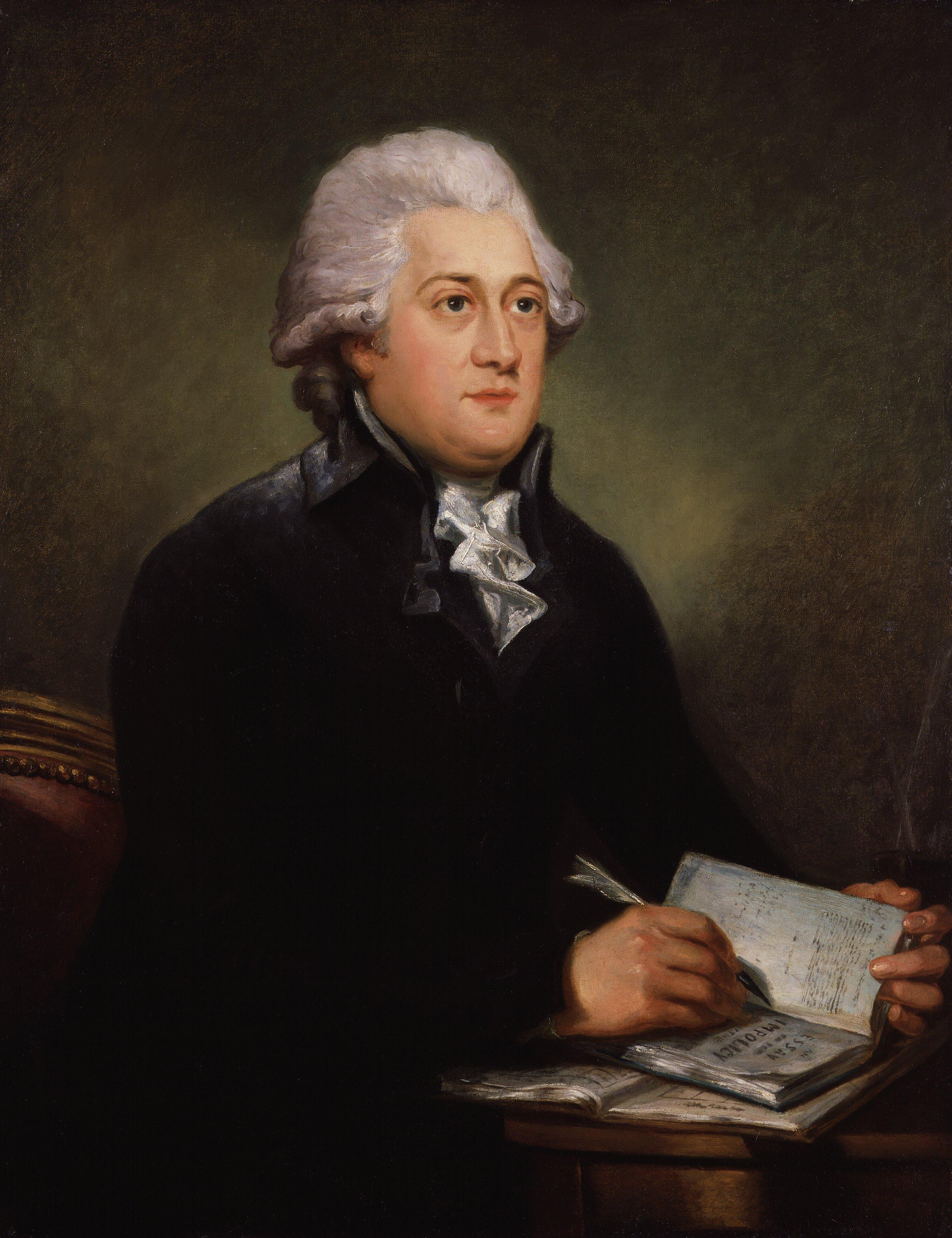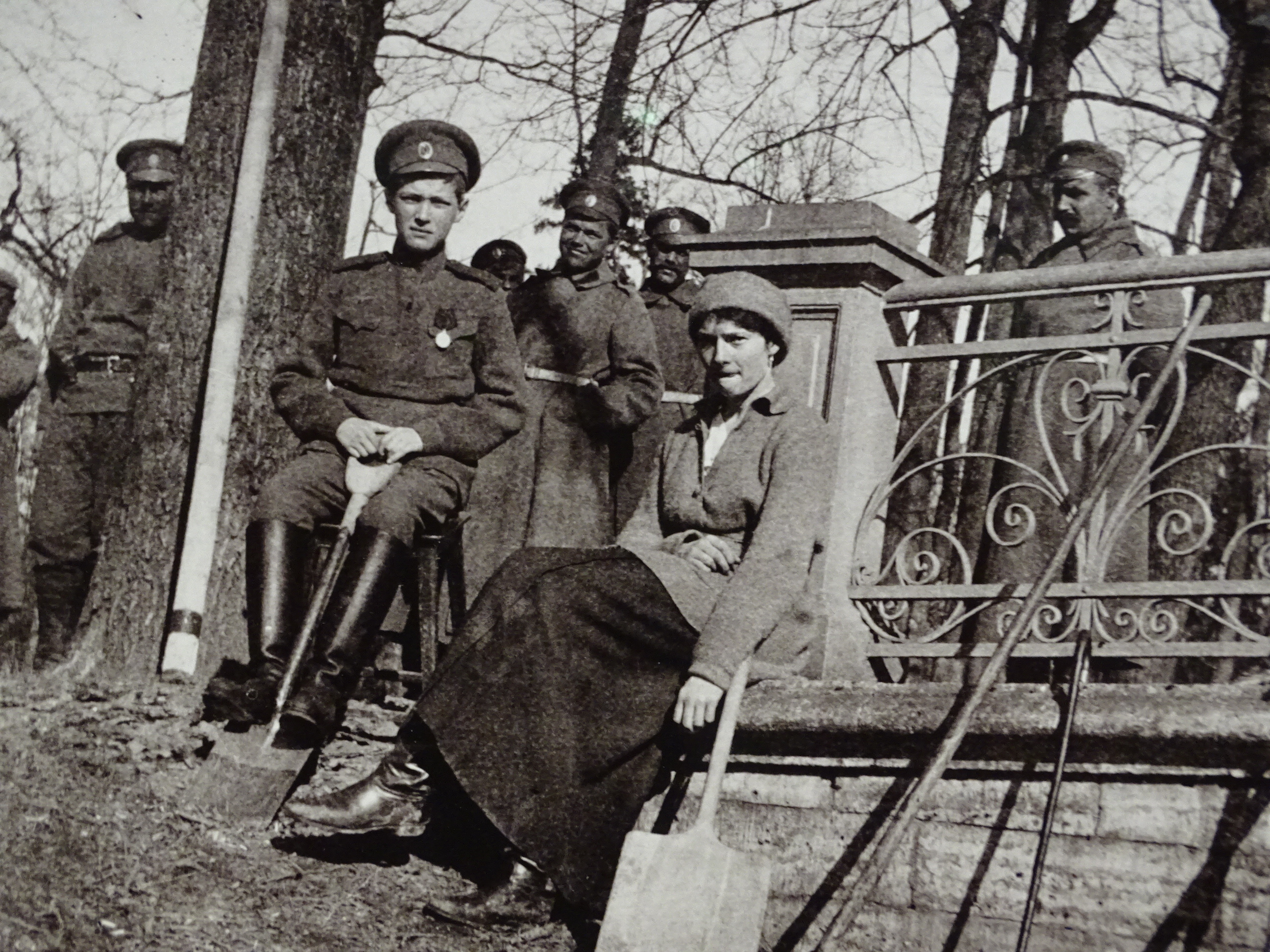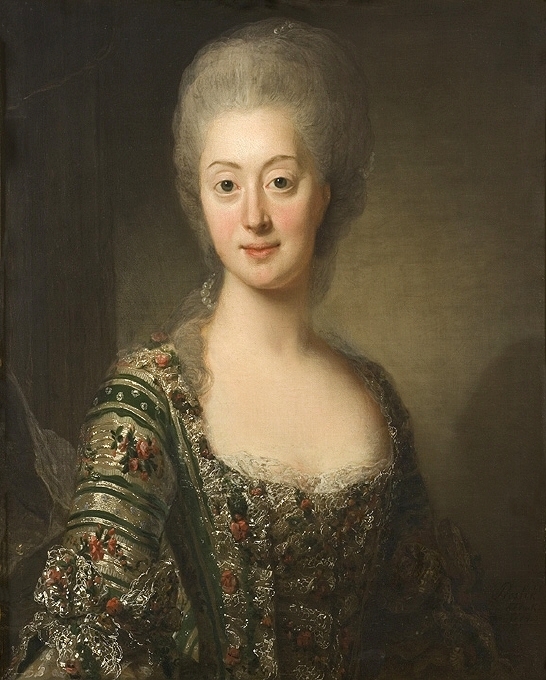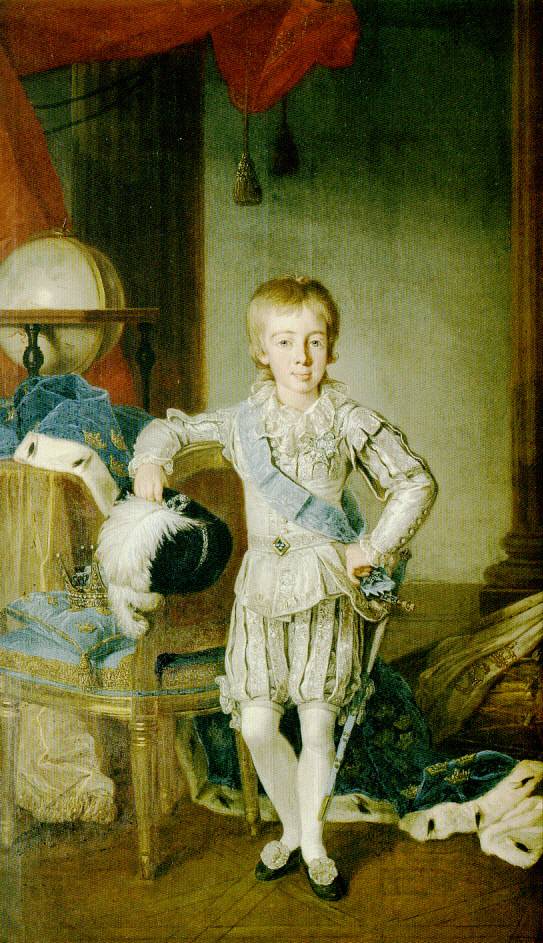|
Magnus Fredrik Brahe
Magnus Fredrik Brahe (15 October 1756 – 12 December 1826) was a Swedish noble and courtier. Biography Magnus Fredrik Brahe was born on 15 October 1756 to Count Erik Brahe and his second wife Countess Stina Piper, three months after his father's death. Like his father, he supported absolute monarchical power. During the baptism of Crown Prince Gustav Adolph on 10 November 1778, Brahe was appointed godparent by King Gustav III of Sweden for which he received the Gustav III's Godparent Insignia on 27 December 1778 at the service. It was Brahe who carried Gustav Adolph at the baptismal font. He was also honoured the Lord of the Realm and Knight of the Seraphim titles. His military career started by joining the Royal Drabant Corps and he quickly rose through the ranks to captain lieutenant. In 1787 however, Brahe requested resignation from military duty and joined the circle of nobles who opposed the King's vigorous plans of total power. He attended the Riksdag of 1789 an ... [...More Info...] [...Related Items...] OR: [Wikipedia] [Google] [Baidu] |
Carl Frederik Von Breda
Carl Frederik von Breda (16 August 1759 – 1 December 1818) was a Swedish painter who studied in and spent much of his career in Britain before becoming painter to the Swedish court. He was born in Stockholm in 1759, and moved to Britain where he was a student of Joshua Reynolds. Breda specialized in painting portraits and was called "the van Dyck of Sweden". He returned to Sweden 1796 where he became professor at the Academy of Arts, a popular portraitist, and a court painter. Breda married at age 22 and his son, Johan Fredrik, was also a painter, who studied under his father. Breda died in Stockholm in 1818. Early life Breda's great-grandfather Pieter emigrated to Stockholm around the year 1670 from the Netherlands. The "von Breda" family name seems to indicate a connection with the city of Breda. ''Von'' is not a Dutch preposition, but in the Nordic countries, this originally German preposition has occasionally been used as a part of names of ennobled families of native or ... [...More Info...] [...Related Items...] OR: [Wikipedia] [Google] [Baidu] |
Excellency
Excellency is an honorific style (manner of address), style given to certain high-level officers of a sovereign state, officials of an international organization, or members of an aristocracy. Once entitled to the title "Excellency", the holder usually retains the right to that courtesy throughout their lifetime, although in some cases the title is attached to a particular office and is held only during tenure of that office. Generally people addressed as ''Excellency'' are heads of state, heads of government, governors, ambassadors, Roman Catholic bishops, high-ranking ecclesiastics, and others holding equivalent rank, such as heads of international organizations. Members of royal families generally have distinct addresses such as Majesty, Highness, etc.. While not a title of office itself, the honorific ''Excellency'' precedes various titles held by the holder, both in speech and in writing. In reference to such an official, it takes the form ''His'' or ''Her Excellency''; in ... [...More Info...] [...Related Items...] OR: [Wikipedia] [Google] [Baidu] |
Rydboholm Castle
Rydboholm Castle (''Rydboholms slott'') is a castle located near the village of Rydbo in Österåker Municipality, Stockholm County, Uppland, Sweden. Building The castle dates back to the medieval period. The castle, with the three interconnected wings around an open courtyard, dates from the 16th century. The main building was built in 1548. The castle was reconstructed during the 18th century. Southwest of the castle is a large park in English style from the early 19th century, built by Magnus Fredrik Brahe. History From the 15th century, Rydboholm was the property of members of the Sture family, followed by the Vasa dynasty. According to some sources Gustav I of Sweden, (1496–1560), who was King of Sweden from 1523 until his death, was born at Rydboholm Castle. From 1520, it belonged to his sister, Margareta Eriksdotter Vasa Margareta Eriksdotter Vasa (1497 – 31 December 1536), also called ''Margareta Vasa'' and ''Margareta of Hoya'', was a Swedish noblewoman, sist ... [...More Info...] [...Related Items...] OR: [Wikipedia] [Google] [Baidu] |
Home Confinement
House arrest (also called home confinement, or nowadays electronic monitoring) is a legal measure where a person is required to remain at their residence under supervision, typically as an alternative to imprisonment. The person is confined by the authorities to their residence. Travel is usually restricted and may require prior approval. Since the introduction of electronic tagging a person under house arrest may be monitored electronically, and their movements are typically tracked. House arrest is also used in some cases for individuals convicted of minor offenses. In certain situations, such as in authoritarian regimes, house arrest may be used to restrict the freedom of political governments against political dissidents, sometimes limiting or monitoring their communication with the outside world. If electronic communication is allowed, conversations may be monitored. There is much criticism of the effectiveness of house arrest. History Judges have imposed sentences o ... [...More Info...] [...Related Items...] OR: [Wikipedia] [Google] [Baidu] |
Act Of Union And Security
The Union and Security Act (, ), alternatively Act of Union and Security, was proposed by King Gustav III of Sweden to the assembled Estates of the Realm during the Riksdag of 1789. It was a document, adding to the Swedish Constitution of 1772 new provisions. The King strengthened his grip on power while at the same time riding on a popular wave that also meant a decrease in aristocratic power. It has been described as "fundamentally conservative". Passage During the Russo-Swedish War, in February 1789, Gustav summoned the Riksdag of the Estates and placed an Act of Union and Security before them. Three of the four estates accepted it, but the Nobles rejected it. Since three of the four Estates accepted it, it was passed and became law. Contents The Act of Union and Security gave the King the sole power to declare war and make peace instead of sharing the power with the estates and the Privy Council. The estates would lose the ability to initiate legislation, but they would keep ... [...More Info...] [...Related Items...] OR: [Wikipedia] [Google] [Baidu] |
Swedish Royal Jubilee Commemorative Medals
The Sweden, Kingdom of Sweden has a long history of awarding royal commemorative insignia. The oldest is the medal awarded to the godparents of Gustav IV Adolf, Crown Prince Gustav Adolf in 1778. The majority of these medals celebrate birthdays, jubilees, coronations, and weddings within the Swedish royal family, royal family of Sweden. Royal commemorative medals are categorized in to Category C in the Swedish order of wear, meaning they are worn after the Order of the Seraphim, Royal Order of the Seraphim and all war decorations. Medals References {{Swedish orders, decorations, and medals Orders, decorations, and medals of Sweden ... [...More Info...] [...Related Items...] OR: [Wikipedia] [Google] [Baidu] |
Gustav III
Gustav III (29 March 1792), also called ''Gustavus III'', was King of Sweden from 1771 until his assassination in 1792. He was the eldest son of King Adolf Frederick and Queen Louisa Ulrika of Sweden. Gustav was a vocal opponent of what he saw as the abuse of political privileges seized by the Swedish nobility, nobility since the death of King Charles XII of Sweden, Charles XII in the Great Northern War. Seizing power from the government in a coup d'état, called the Revolution of 1772, Swedish Revolution, in 1772, that ended the Age of Liberty, he initiated a campaign to restore a measure of royal autocracy. This was completed by the Union and Security Act of 1789, which swept away most of the powers exercised by the Swedish Riksdag of the Estates, Riksdag of the estates during the Age of Liberty, but at the same time it opened up the government for all citizens, thereby breaking the privileges of the nobility. A believer in enlightened absolutism, Gustav spent considerable pu ... [...More Info...] [...Related Items...] OR: [Wikipedia] [Google] [Baidu] |
Gustav IV Adolph
Gustav IV Adolf or Gustav IV Adolph (1 November 1778 – 7 February 1837) was King of Sweden from 1792 until he was deposed in a coup in 1809. He was also the last Swedish monarch to be the ruler of Finland. The occupation of Finland in 1808–09 by Russian forces was the immediate cause of Gustav Adolf's overthrow, violently initiated by officers of his own army. Following his abdication on 29 March 1809, an Instrument of Government was hastily written, which severely circumscribed the powers of the monarchy. The "Instrument" was adopted in 1809 on 6 June, the National Day of Sweden now as well as in his time. It remained in force until replaced in 1974. The crown, now with strictly limited powers, passed to Gustav Adolf's uncle Charles XIII., ch. 37, pp. 203–219. Early life Gustav Adolf was born in Stockholm on 1 November 1778 as the son of Gustav III and queen Sophia Magdalena. His mother was the eldest daughter of Frederick V of Denmark and Louise of Great Britain. ... [...More Info...] [...Related Items...] OR: [Wikipedia] [Google] [Baidu] |
Kaptenlöjtnant
Captain lieutenant or captain-lieutenant is a military rank, used in a number of navies worldwide and formerly in the British Army. Northern Europe Denmark, Norway and Finland The same rank is used in the navies of Denmark (), Norway () and Finland (; ). In Denmark and Norway, the higher rank is Ship-of-the-line captain (; ), and the lower rank is First lieutenant () in Denmark and Lieutenant () in Norway. The rank was also used in the Royal Danish Army between 1923 and 1962. Estonia In the Estonian Navy the similarly sounding rank of ''kaptenleitnant'' is an officer rank classified as NATO OF-4, i.e. equal to commander in the Royal Navy and United States Navy. Sweden A captain lieutenant (''Kaptenlöjtnant'') was in Sweden an officer standing between captain and lieutenant, who commanded one of the companies, which actually had the regimental commander, lieutenant colonel or major as officer commanding. In 1750, the rank title of captain lieutenant was replaced by that o ... [...More Info...] [...Related Items...] OR: [Wikipedia] [Google] [Baidu] |
Drabant Corps Of Charles XII
The Drabant Corps of Charles XII () was the most prestigious unit in the Swedish Army during the time of the Great Northern War. As a result of the reforms of 1700, all personnel in the corps received an Officer (armed forces), officer's rank with increased wages, while its size was eventually set at 168 men. Those serving as Drabants were almost exclusively recruited from the Swedish Empire, with most coming from Sweden. The corps was issued the finest weapons, horses, and clothing was often adorned with gold lacing. They fought according to the cavalry regulations of the Caroleans, emphasizing the Charge (warfare), cold-steel charge in slight Flying wedge, wedge formations, knee behind knee, over the more common caracole. This strategy allowed them to function as a bodyguard for the king as well as an elite combat unit, often playing a crucial role in the battles despite their relatively small size. During the war, the corps frequently marched with the main army and the king, fig ... [...More Info...] [...Related Items...] OR: [Wikipedia] [Google] [Baidu] |
Kingdom Of Sweden (1721-1809)
The history of Sweden from 1772 to 1809 is better known as the Gustavian era of kings Gustav III and Gustav IV Adolf, as well as the reign of King Charles XIII. Gustav III Adolf Frederick of Sweden died on 12 February 1771. The elections afterward resulted in a partial victory for the Caps party, especially among the lower orders; but in the estate of the peasantry the Caps majority was merely nominal, while the mass of the nobility was dead against them. Nothing could be done, however, till the return of the new king, Gustav III, from Paris. Coronation oath The new coronation oath contained three revolutionary clauses: #The first aimed at making abdications in the future impossible by binding the king to reign uninterruptedly. #The second obliged him to abide, not by the decision of all the estates together, as heretofore, but by that of the majority only, with the view of enabling the actually dominant lower estates (in which there was a large Cap majority) to rule witho ... [...More Info...] [...Related Items...] OR: [Wikipedia] [Google] [Baidu] |
Naval Ensign Of Sweden
A navy, naval force, military maritime fleet, war navy, or maritime force is the branch of a nation's armed forces principally designated for naval and amphibious warfare; namely, lake-borne, riverine, littoral, or ocean-borne combat operations and related functions. It includes anything conducted by surface ships, amphibious ships, submarines, and seaborne aviation, as well as ancillary support, communications, training, and other fields. The strategic offensive role of a navy is projection of force into areas beyond a country's shores (for example, to protect sea-lanes, deter or confront piracy, ferry troops, or attack other navies, ports, or shore installations). The strategic defensive purpose of a navy is to frustrate seaborne projection-of-force by enemies. The strategic task of a navy also may incorporate nuclear deterrence by use of submarine-launched ballistic missiles. Naval operations can be broadly divided between riverine and littoral applications (brown-water navy ... [...More Info...] [...Related Items...] OR: [Wikipedia] [Google] [Baidu] |






